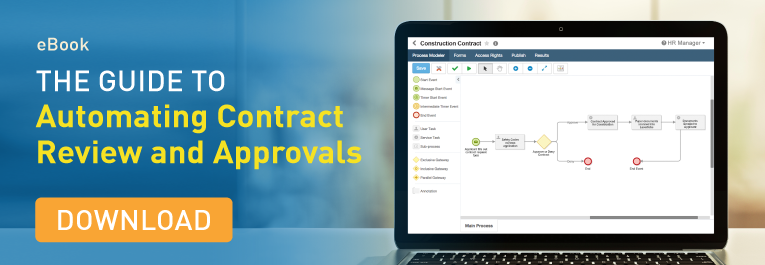What do you imagine when you hear the word signature? 50 years ago we might all have had the same answer, but today, ink on paper isn’t the only option for authorizing a document or transaction.
Here’s what you need to know about the three main signature categories (wet, digital and electronic signatures) and how they can facilitate (or impede) business processes.
What is a wet signature?
A wet signature is created when a person physically marks a document. In some cultures this is done by writing a name in a stylized, cursive format (or even a simple X) on a piece of paper. Historically, many cultures have used seals to the same effect. In both cases, the word wet implies that the signature requires time to dry, as it was likely made with ink or wax.
What is an electronic signature?
Various legal definitions exist for electronic signatures, but the term most generally refers to the acknowledgement or adoption of an electronic message, transaction or document. Some examples include:
- A typed name at the end of an email.
- A typed name on an electronic formor document.
- An image of a handwritten signature on a transmitted fax.
- A personal identification number (PIN) entered on a bank ATM.
- Clicking agree or disagree on an electronic terms of use contract.
- A handwritten but digitally captured signature made on a touch device, such as a tablet or smartphone (sometimes referred to as a dynamic signature).
What is a digital signature?
Sometimes referred to as a cryptographic signature, a digital signature can add integrity to an electronic signature. This is often accomplished with a certificate of authority, such as a Windows certificate, to ensure the validity of the signatory (the signature’s author and owner).
The parties on either side of a digital signature can also detect whether its associated electronically signed document was altered or changed in any way that would invalidate it. Digital signatures are also often used for electronic messages, which are signed with the sender’s private decryption key and verified by anyone who can access the sender’s public encryption key; this further ensures that both parties are who they say they are and that the content of the message has not been changed or intercepted.
Digital and electronic signatures are often used synonymously, but many electronic signatures lack the additional security granted by a digital signature.
Some common uses for digital signatures include electronic tax forms, applications for business permits and online college applications.
Are different signatures required for different purposes?
The use of wet, electronic or digital signatures is left to the discretion of the parties involved. Since the Electronic Signatures in Global and National Commerce Act (ESIGN) went into effect in 2000, electronic signatures have held the same legal standing as wet signatures. Nevertheless, some organizations and individuals still prefer handwritten signatures.
The ESIGN act does preserve the right of a party to use or accept wet signatures even if the documentation in question is electronic. In summary, it’s usually up to each organization to create its own policy around signatures.
How can I process signatures efficiently and effectively?
Many business processes require signatures, whether it’s on a contract, invoice or even a financial loan. Wet signatures tend to slow processes down because of their dependence on the physical paper, but even electronic signatures can become impediments when someone fails to sign a document in a timely manner.
Organizations operate at peak efficiency when electronic signatures are incorporated into an automated business process, like the kind you can create using an enterprise content management (ECM) system. For example, as the following video shows, if a manager forgets to sign an invoice, an automated system can send them an email reminder after a period of time has passed.
Many ECM platforms also offer integrations with popular electronic signature services to further streamline processes. Some even offer pre-built processes, such as signature requests, that you can add into your existing automated workflows.
Learn how digital and electronic signatures can be incorporated into your contract management process with our ebook: The Ultimate Guide to Contract Management.
This article was originally published on the Laserfiche Blog. Laserfiche is a leading SaaS provider of intelligent content management and business process automation.



